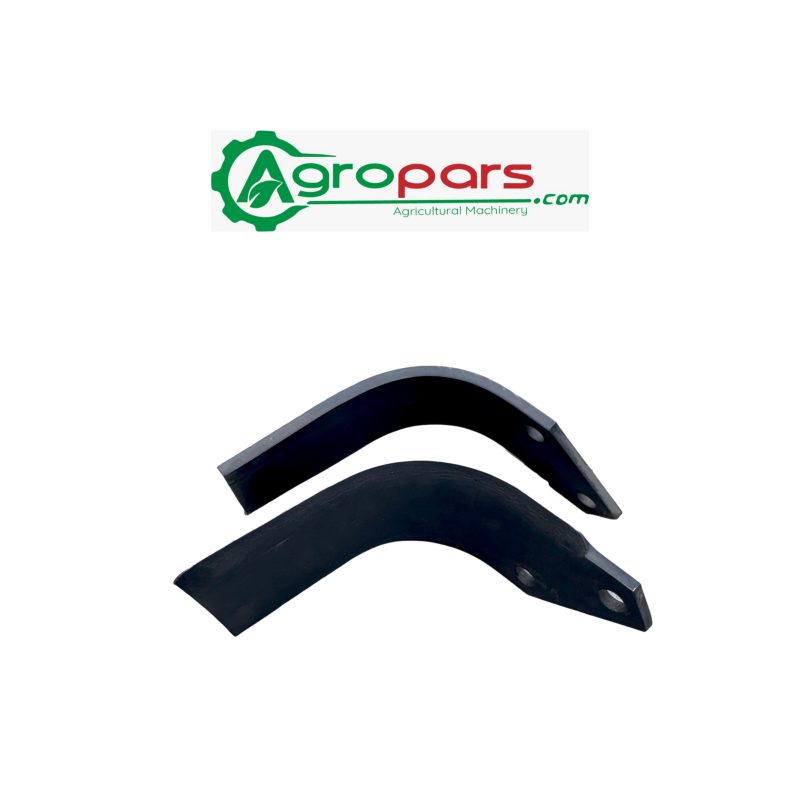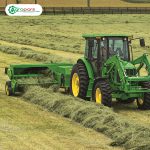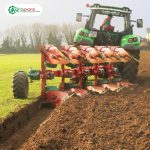Differences and Features of L and C Rotavator Blades
In agriculture, the rotavator is considered one of the most essential tools for tillage and land preparation. This device uses its rotating blades to turn the soils , aiding farmers in planting and maintenance operations. Rotavator blades are designed in two primary types: L-shaped and C-shaped, each offering unique features and applications. In this guide, we will discuss the differences and features of these two blade types.

L-Blade Features
Design
L-blades are shaped like the English letter “L” and have a larger contact surface with the soil. This design allows them to perform more efficiently in heavy soils and areas with a lot of weeds and plant debris.
Application
These blades are excellent for mixing soil and removing weeds, especially in heavy soils that require deep penetration. They are designed to break up compacted soil and improve soil texture.
Advantages
✅ High penetration power in hard and heavy soils
✅ Better soil and plant residue mixing, enhancing soil quality
✅ Ideal for eliminating weeds and improving soil structure
Disadvantages
❌ Higher energy consumption compared to C-blades
❌ May get stuck in sticky and heavy soils, causing operational delays
C-Blade Features
Design
C-blades are shaped like the English letter “C” and feature a smaller contact area with the soil. This design leads to lower energy consumption, making them more suitable for soft and light soils.
Application
These blades are primarily used in softer soils that do not require deep tillage. They are effective in breaking up and preparing soil for planting without disturbing the soil structure excessively.
Advantages
✅ Lower energy consumption, reducing fuel costs
✅ Ideal for soft and light soils
✅ Better soil breakup for preparing the seedbed
Disadvantages
❌ Lower penetration in heavy soils
❌ Less effective at eliminating weeds compared to L-blades
Which Blade is Best for Your Soil?
- L-Blades: These blades are the best choice for heavy soils and areas with a lot of weeds. They offer deeper penetration and are effective at mixing the soil and breaking up hard, compacted areas.
- C-Blades: These blades are more suitable for soft and light soils that do not need deep tillage. They provide energy savings and are ideal for gentle soil preparation without excessive soil disturbance.
Choosing the Right Blade for Your Rotavator
The choice of blade depends on several factors including soil type, ground conditions, and the farmer’s goal for tillage. For heavy soils and weed-infested fields, L-blades are the optimal choice. However, for soft, light soils, C-blades offer superior energy efficiency and performance.
By considering your soil type and field conditions, you can select the appropriate blade for your rotavator and maximize the benefits of efficient soil preparation in your agricultural practices.






